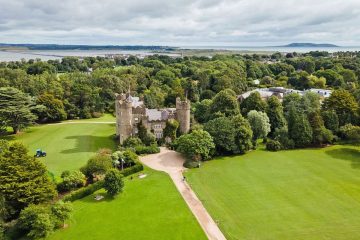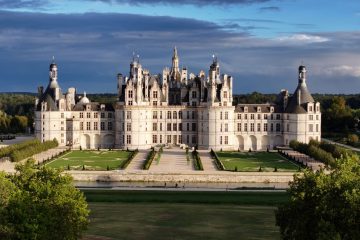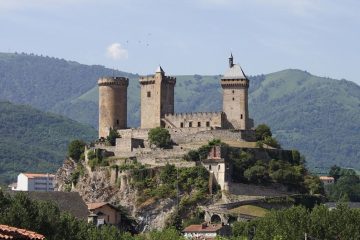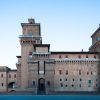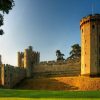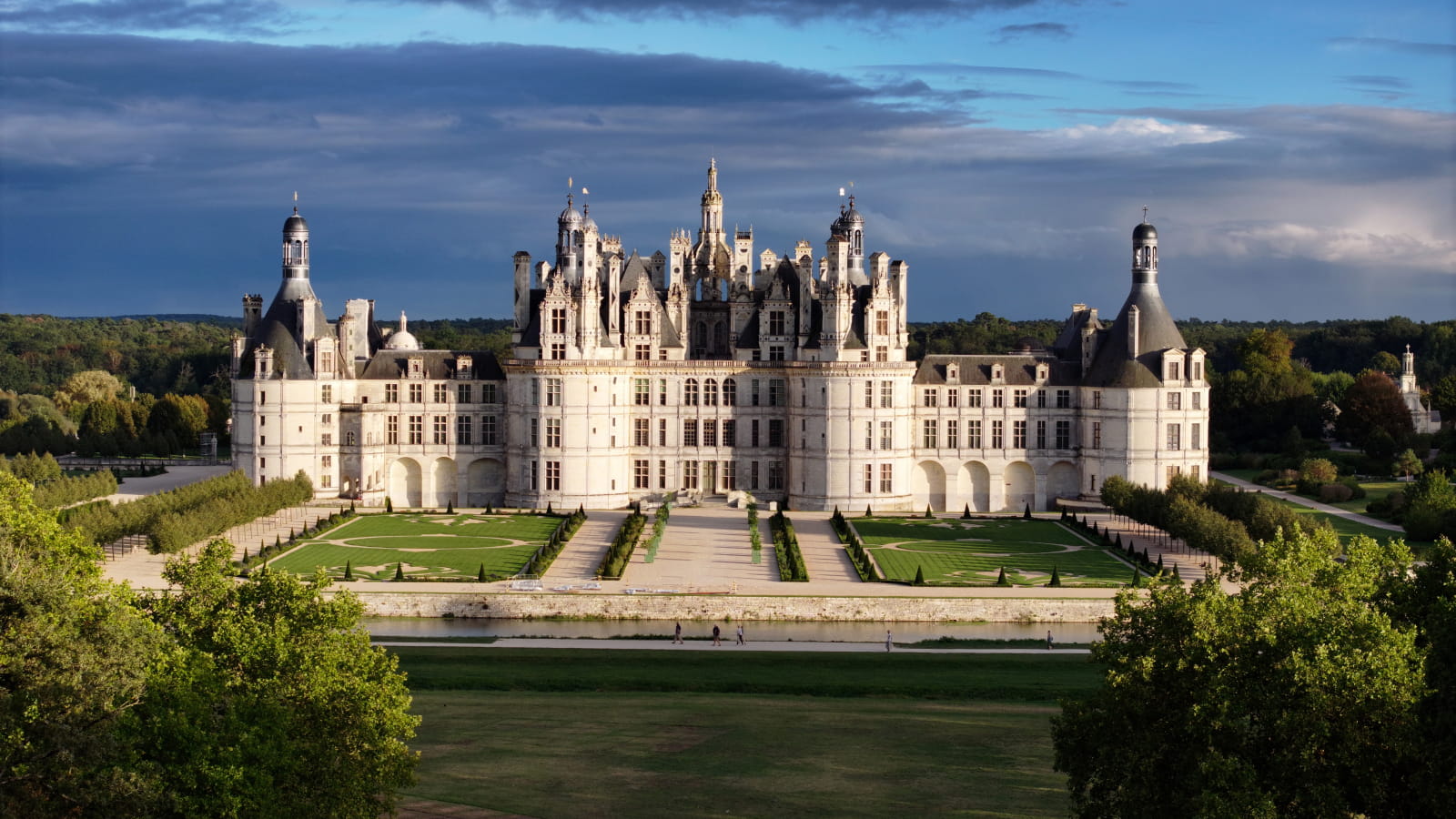
Loire Valley Castles: Timeless elegance and power
The architectural grandeur of loire valley castles has long captivated visitors, historians, and admirers of European heritage. Nestled along the Loire River, these remarkable residences represent a fusion of medieval fortification and Renaissance elegance. Constructed by monarchs and nobles over several centuries, the castles form a breathtaking collection of historic estates that continue to define the cultural landscape of central France.
Origins and royal patronage of Loire Valley Castles
The rise of loire valley castles coincided with the region’s growing importance as a political and cultural centre during the late Middle Ages and Renaissance. As French kings and aristocrats sought to establish their presence outside Paris, the fertile and strategic Loire Valley was chosen as the ideal location for building palatial homes. It was here that many of the most iconic castles were constructed, blending military utility with artistic ambition.
Royal interest in the region led to the development of sophisticated residences. Architectural innovations introduced by foreign artisans and the patronage of French monarchs helped transform defensive castles into refined châteaux. The emergence of the loire valley castles marked a significant shift in both style and purpose—from strongholds to ceremonial and domestic centres of influence.
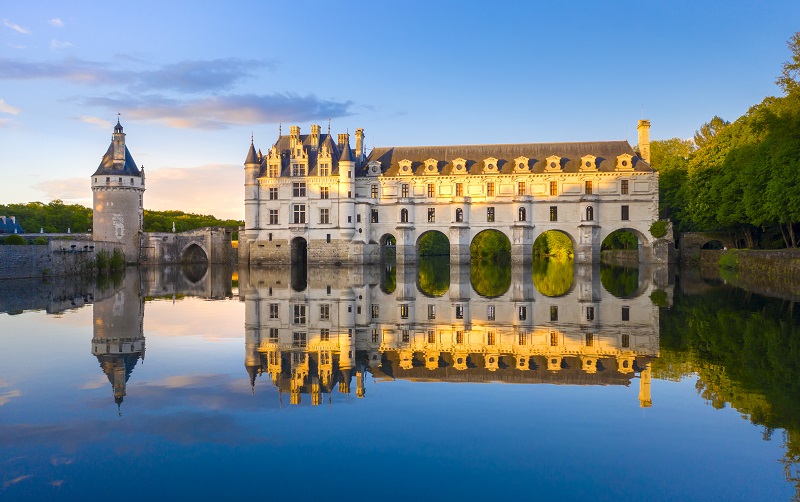
Architectural and stylistic diversity
Among the most distinctive characteristics of the castles is their architectural variety. Early examples, such as fortress-like structures with towers and moats, gradually gave way to more ornate buildings featuring symmetrical layouts, decorative façades, and intricately designed interiors. The influence of the Italian Renaissance is especially evident in the layout and embellishments of these noble homes.
Italian architects and craftsmen played a pivotal role in shaping the evolution of loire valley castles. Classical columns, sculpted fireplaces, and geometrically designed gardens began to appear with increasing frequency. This infusion of elegance and balance turned these residences into expressions of refinement and power, drawing admiration from across Europe.
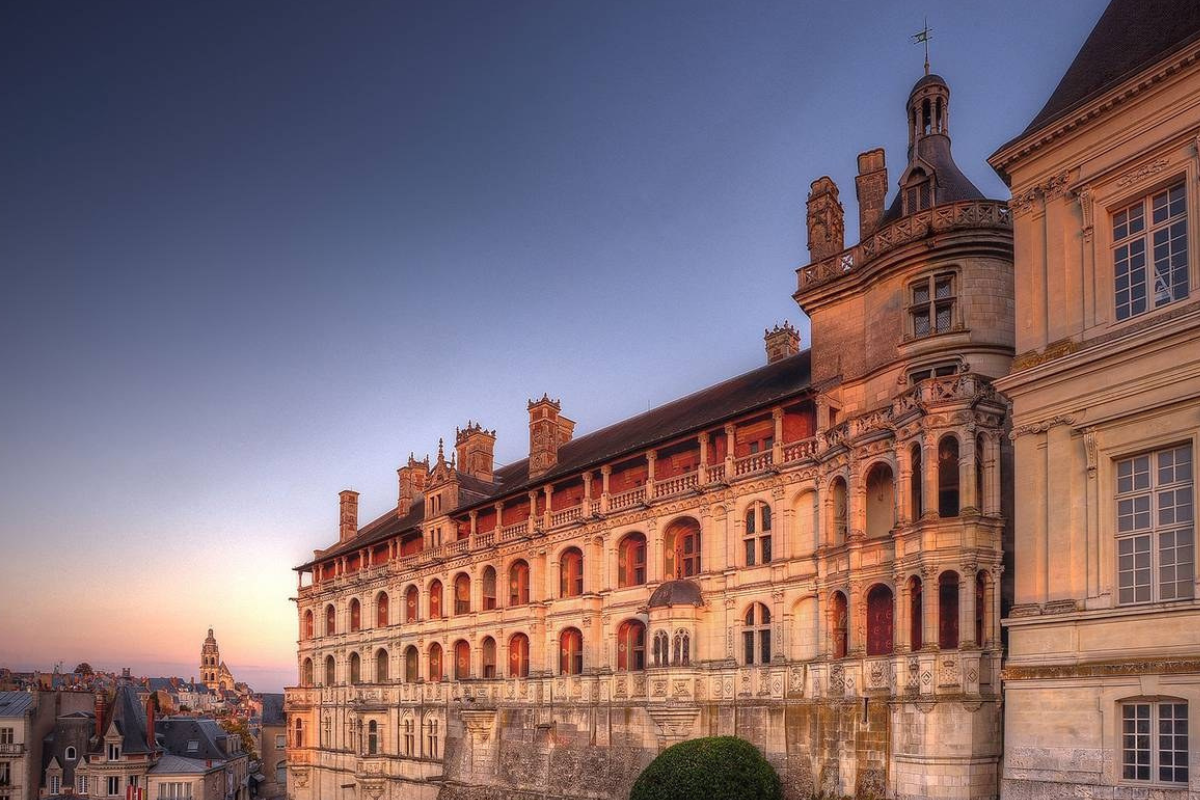
Famous Loire Valley Castles and their stories
Among the most visited castles is the Château de Chambord, known for its vast scale and the remarkable double-helix staircase attributed to Leonardo da Vinci. Built for King François I as a hunting retreat, Chambord exemplifies the grandeur that characterises the region’s architecture.
Chenonceau, another of the loire valley castles, spans the River Cher with its iconic arches and is often called the “ladies’ château” due to the women who shaped its history. Its harmonious blend of architecture and landscape design makes it one of the most beloved destinations in France.
Château de Blois stands as a microcosm of the stylistic evolution of loire valley castles. Featuring Gothic, Renaissance, and Classical wings, it once served as a royal residence and political hub. The Château d’Amboise, perched above the Loire River, served as a royal court and houses the tomb of Leonardo da Vinci, linking the estate to some of the greatest minds of the Renaissance.
Exploring the region’s noble heritage
For those planning to visit, a thoughtful itinerary is essential. The castles are often situated within close proximity, allowing several to be visited in a day. Cycling routes and river cruises offer scenic alternatives for accessing these historic properties. Towns such as Tours, Blois, and Amboise serve as excellent bases from which to explore the region.
Each of the castles offers guided tours that provide insights into the architecture, history, and daily life of the periods during which they flourished. Seasonal events, such as sound-and-light shows, art exhibitions, and historical reenactments, further enrich the experience.
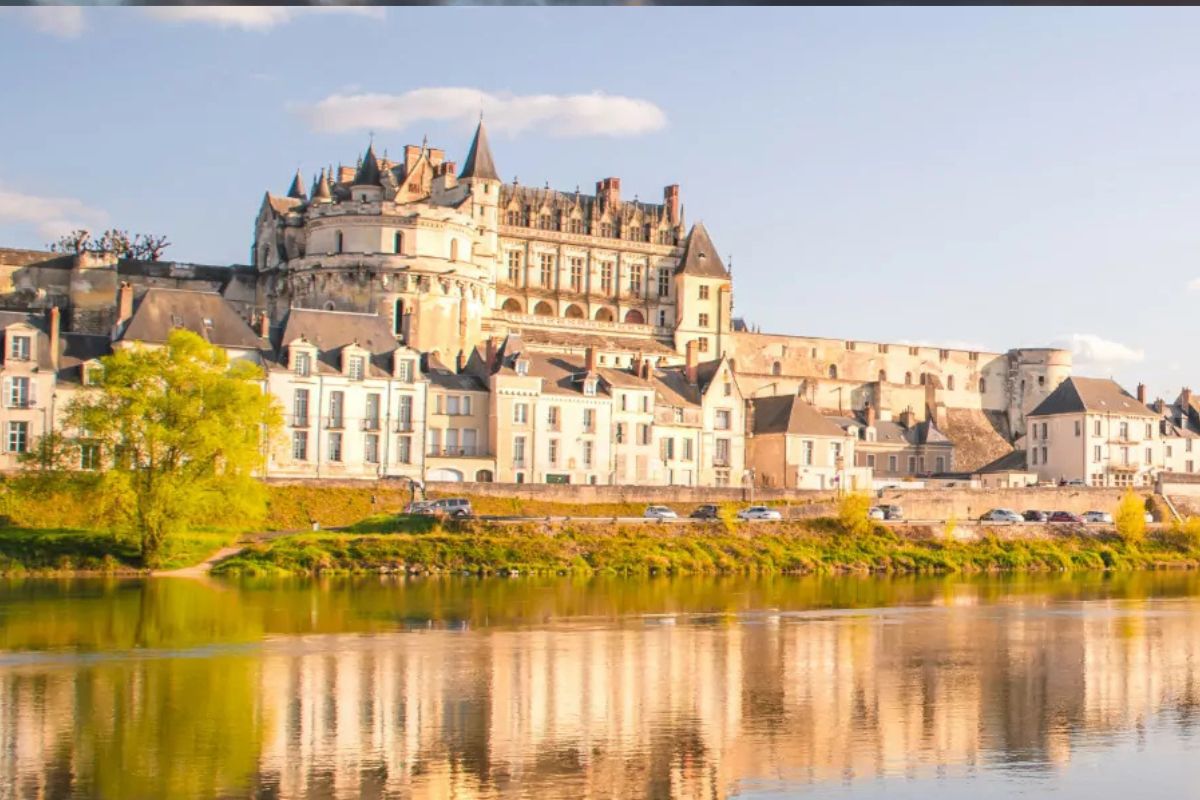
Preservation and sustainability
The enduring appeal of loire valley castles has led to considerable efforts in preservation and restoration. Conservation teams work continuously to maintain façades, repair frescoes, and stabilise structural elements. This ensures that the loire valley castles retain their historical integrity for future generations.
Sustainable practices are also being integrated into the management of these estates. Water use in ornamental gardens, energy efficiency in visitor facilities, and biodiversity initiatives reflect a commitment to ecological responsibility. The castles are not merely preserved monuments but are active participants in the stewardship of cultural and environmental heritage.
Why Loire Valley Castles remain unforgettable
The loire valley castles are much more than relics of a bygone era, they are living symbols of France’s royal past and artistic brilliance. These structures invite you to step into a world of courtly life, architectural innovation, and historical grandeur. Visitors often speak of the emotional impact felt while walking through great halls, gazing at ornamental ceilings, or standing in gardens once enjoyed by royalty.
Their position within the natural landscape, combined with their refined beauty, ensures that loire valley castles continue to enchant travellers. They serve as windows into the past, each with its unique character and story.
A lasting legacy of elegance and power
The significance of the loire valley castles lies in their ability to embody centuries of French history, art, and ambition. From royal residence to cultural landmark, each château plays a role in shaping how we understand the legacy of France’s aristocracy. Their preservation ensures that this legacy is not lost, but continually rediscovered and celebrated.
By visiting, supporting, and learning from the loire valley castles, we contribute to the continuation of their story, one that began centuries ago and remains deeply woven into the cultural fabric of Europe. Through these castles, the majesty of the past can still be experienced today.

